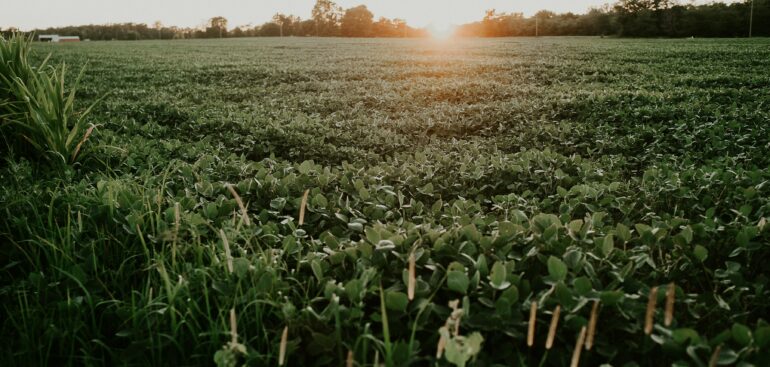Latest
How Can Farmers Shorten the Timeline to Produce Carbon Credits?
PanXchange Blog
Due to time constraints and the incentive to produce credits as fast as possible (prices rising), offset project developers (read: farmers who want to generate carbon offset credits) may elect to start a project and verify via a 3rd party later (rather than the traditional route of verifying before starting). However, while this may give farmers a head start, it should be noted that no credits can be issued before the verification step (and subsequent steps) are completed. During this stage, or even as a prospective carbon offset project developer, there are a handful of resources and tools to help you navigate the carbon offset measurement process. For instance, Soil Metrics and Comet Farm, are two web-based carbon quantification tools which are used to estimate the amount of carbon being stored in an agricultural producer’s soil and to model and establish a carbon emissions baseline based on highly detailed input data. The carbon baseline is of utmost importance, as offset project developers need to prove additionality (an improvement from the baseline) to be considered for issuance of carbon credits.
While you can technically start your project at any time to give your firm a head start in an otherwise lengthy process, implementing a project before the validation step (Step 2, a “fail safe” to ensure project complies with rules and regulations of the carbon program) carries a risk of rejection. The PanXchange team advises that the risk-reward profile should be carefully examined before making an initial foray into a carbon offset project.
PanXchange is building a more robust and efficient market for voluntary carbon removal credits derived from croplands. Tak our course and see how you can get started!


